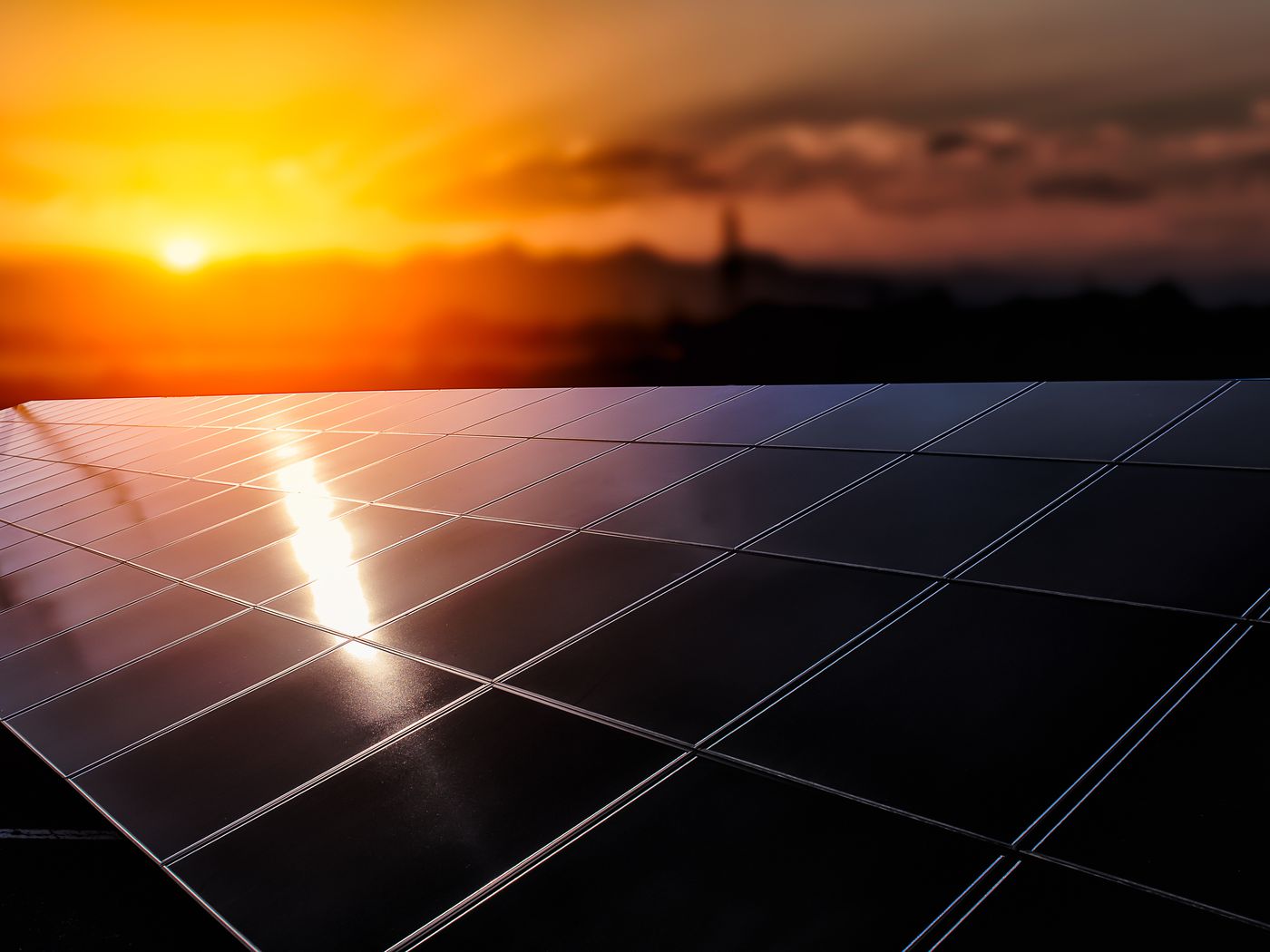China has recently announced that it will build the world’s first commercial-scale solar power station in Earth’s GES(geosynchronous) orbit, located 36,000 km 22,369 miles above the equator, by 2050. Between 2021 and 2025, China will launch small and medium-sized space solar power projects in the stratosphere and establish a small scale space-based solar power station in 2030.
In the backdrop of imminent catastrophic anthropogenic climate changes, the lure of infinite zero-carbon space solar power is tempting which overcomes the intermittent nature of terrestrial renewable energy sources(wind and solar)due to weather, seasons or time of day. Tapping solar power in space and transmitting it through microwave beams is not new, and it was popularized by Isaac Asimov in his science fiction short story “Reason” in 1941. He envisioned that space stations transport energy from the sun to other planets with microwave beams in that story. While in another short story, “The Last Question”, Asimov mentioned limitless space solar energy for terrestrial application.
But in 1968, Peter Glaser, an American aerospace engineer, brought Asimov’s vision near reality by proposing a solar-based power system in space. He filed for a US patent for a “Method and Apparatus for Converting Solar Radiation to Electrical Power,” granted in 1973. He argued that his invention would solve fossil fuel and nuclear power-related environment and disposable waste problems. And overcome many practical limitations of generating electricity from solar power, such as atmospheric absorption, cloud cover, and day-night cycles. Hitherto Space stations and satellites use solar panel arrays for their power needs. Still, Peter Glaser’s stand-alone Solar Power Satellite (SPS) concept was path-breaking albeit merits economical and operational feasibility.
According to this concept, a solar power satellite orbiting in GES orbit with a large(10X5 km) solar array can work as a power plant. It converts solar energy into electricity through photovoltaic and into microwaves(RF electrical power) which can be transmitted wirelessly to large receiving antennas (rectennas) on earth. These large receiving antenna on the ground converts the microwaves to DC electrical power (with80% efficiency) for distribution on the national electric power grid.
Mechanism
The space solar power mechanism states that a space solar satellite placed in a fixed point in GES(geostationary) orbit is tethered to the ground station. It consists of three functional units in space and one unit on earth:
Solar energy collectors collect solar energy in space with reflectors and inflatable mirrors onto solar PV cells to convert solar energy into DC (Direct current) electricity.
A microwave converter converts DC to a microwave converter
Large antenna array beam the Microwave/ LASER( light amplification by stimulated emission of radiation) at various frequencies from space to the earth.
Rectenna microwave antennas collect the microwave beams and convert them into electricity.
Consider the cost, technical feasibility, and safety of microwaves for exploring high-frequency microwaves or lasers. The transmission of energy via an RF antenna at the non-ionizing radiation frequency (between2 to 8 GHz) can pass through the earth’s atmosphere without interference to a rectenna on the ground from space.
Compared to the lower frequency range, the higher frequency range microwaves require much smaller transmission and reception antennae and produce less ionospheric heating. Microwaves are more efficient than lasers but need large transmitting antennae in space and large receiving antennae on the ground. Although less efficient, the more compact laser needs more accurate beam pointing and smaller ground receivers.
Advantages of Space Solar Power
Tapping the infinite uninterrupted solar power in space without the restriction of the day-night cycle, atmospheric attenuation, or cloud cover. It can solve climate change and energy security-related issues for the entire human race. The space solar array produces ten to four times more energy than the terrestrial solar array located in low-isolation and high-resolution locations.
Potential terrestrial and space application of Space Solar Power
I. Ultra-long-duration surveillance drones
II. In case of disruption of power generation due to natural disaster
III. In the case of Forward-deployed combat units
IV. Long-duration space mission, interplanetary human exploration and space vehicle on the Moon or Mars
V. As a peak load power complementing ground-mounted solar power as part of a more extensive energy portfolio
Technical barriers and safety concerns regarding space solar power project implementation size and weight of the Solar Power System
The most prominent structure currently in LEO (Low Earth Orbit), the International Space Station, has a mass of450 metric tons (MT) and is 356 x240 feet in size. So placing a single Space Solar Power Satellite of above 3,000MT mass,( 5×10 km) solar collector size and 1 km diameter size antenna in GEO to deliver (1 to 10GWe) electricity is a real technical challenge. It is a technical and economic challenge to place a constellation of 109 to 120 such large and heavy satellite satellites, each with a service life of 30 years.
Space launch cost
The advent of new technologies for reusable launch vehicles can make space launch economically viable with present-day space launch infrastructure. Yet space lift, ground-tracking support, and satellite command facilities for such large projects will remain a challenge.
Cost of Solar PV
The availability of less expensive, lighter, space radiation-tolerant (insensitive to ionizing radiation) and thin-film solar panels(with 20% efficiency) can reduce launch costs without sacrificing efficiency.
Transporting material from earth to space
Not all materials are needed to set up a solar station and must be delivered to its eventual orbit GES immediately. SPS(space power station) material can be transported from LEO(low earth orbit) to GEO at an acceptable cost akin to ion thrusters or nuclear propulsion. In the future, SPS can be launched from the moon due to its lower gravity and lack of atmospheric drag.
Fabrication and assembly of large structures in space
Advanced modular manufacturing and telerobotics can overcome the barrier to the fabrication and assembly of large structures. These techniques may enable China to build a substantial deployable network from modules less than a ton weight and prevent their need for heavy-lift vehicles.
Similarly, China may explore building a constellation of smaller solar satellites that can easily connect in space to form a much more extensive array and harvest sunlight.
Maintenance of solar panels in space
Robots, astronauts and scientists can carry out maintenance and repairs.
Large track of land required for rectenna
The Earth-based rectenna(consisting of many short dipole antennas) spreads across several kilometres (10×13 KM) and needs a large buffer zone. Desert, lake, or non-agriculture land can be used for such purposes.
Disposal of waste heat in space
The disposal of waste heat generated during several phases of energy conversion from photons to electrons to photons and back to electrons in space power systems can be intractable when the entire spacecraft is designed to absorb as much solar radiation as possible.
Increase temperature on earth
Importing solar power from space and transmitting it to the earth will raise its temperature and may have unintended consequences for various forms of life on earth. China needs to address these concerns and ensure that the energy densities of space solar power should not exceed what we get from the sun now.
Space hazards for solar satellite
Solar satellites are protected from solar hazards in the magnetosphere. But the solar space panels are more susceptible to radiation, solar flares, micrometeoroid, charged particles and planetary debris.
The geopolitical danger of putting the satellite on GES
Solar satellite on GES always remains in the view from the ground station, and antenna geometry stays constant. But other nations may come under direct observation from GES orbit, which can create geopolitical concerns from neighbouring countries. Placing massive satellites in already crowded GES can exacerbate the risk of space debris and safe operations for all other satellites.
Weaponisation of space solar power
High-frequency space-based laser cannons could be concentrated to serve as directed-energy weapons.
Safety from incoming microwave
While beaming microwave or laser from space en route to its intended ground receiver on earth, we need to take care in order to protect satellites, aircraft, humans and birds. As all incoming microwaves are well within the safe exposure limit(10 mW/cm2) for humans and wildlife, the safety of the human population is not an issue.
Fencing around the rectenna can protect humans and wild animals from microwave radiation. Faraday cages intercept the microwaves and provide passengers with a protective metal shell while aircraft fly through the microwave beam. Flight control spaces enable other aircraft to avoid exposure to the microwave beam.
Way ahead
Before China, the USA’s space agency NASA worked on the same project but abandoned it due to practical intractability. In March 2015, Japan Space Systems converted 1.8 kilowatts of electricity into microwaves and transmitted it to the earth. By employing the latest technology in robotic assembly, drones, warehouse robots, and modular manufacturing China may overcome fundamental technical challenges in building large structures in space. To produce satellites of desired size and configuration, China may explore Solar Power Satellite via Arbitrarily Large Phased Array (SPS-ALPHA) technology in which microwave transmission apertures are distributed across the solar array and synthesized into a beam.
Even if China successfully demonstrates space solar power, remaining power efficiency issues, precise beam-pointing control requirements, and beam-exposure hazards are challenging. The cost parity of space solar power with other zero-carbon energy technology such as terrestrial solar power or hydrogen fuel is still a big challenge. Only time will tell whether the solar space concept will remain in Asimov’s science fiction realm forever or will become a reality.

